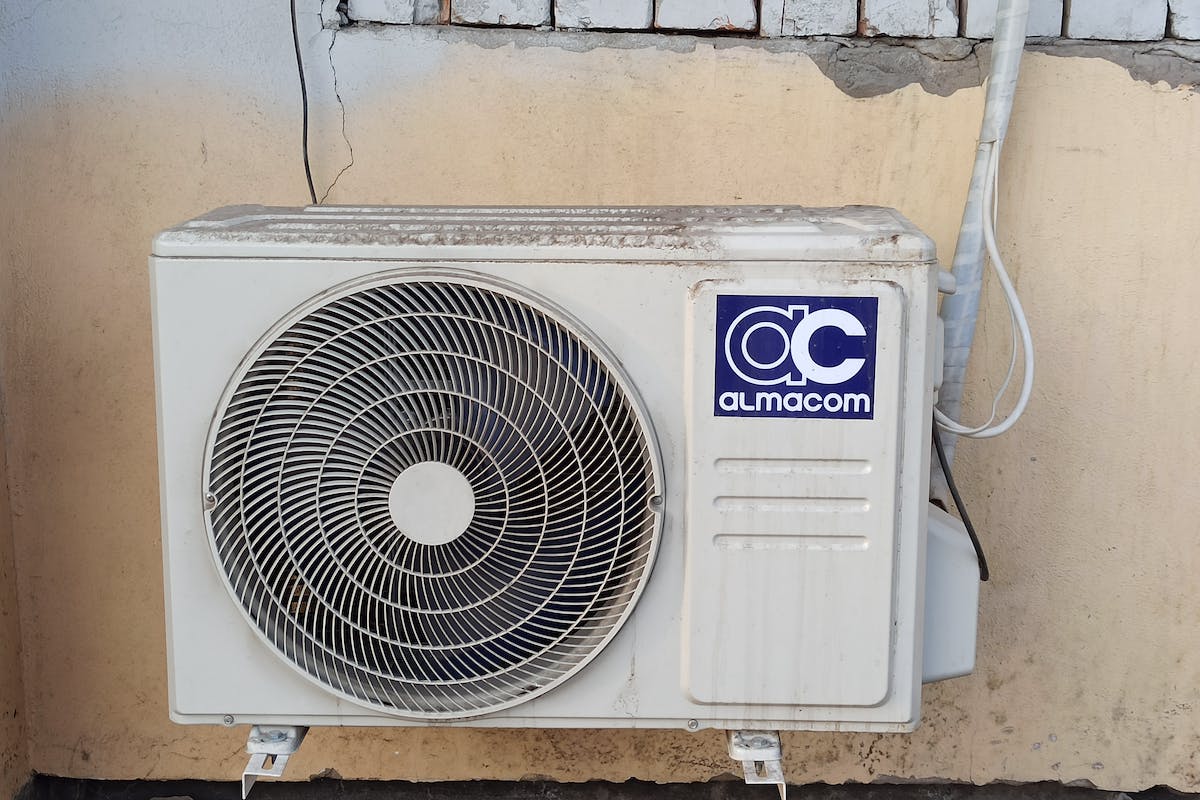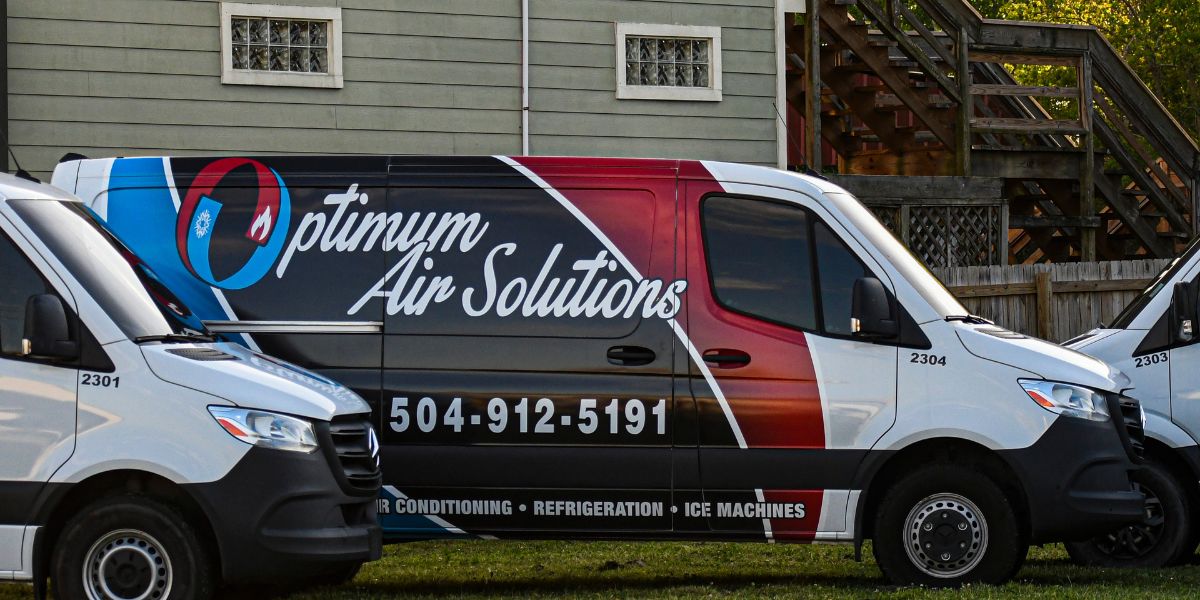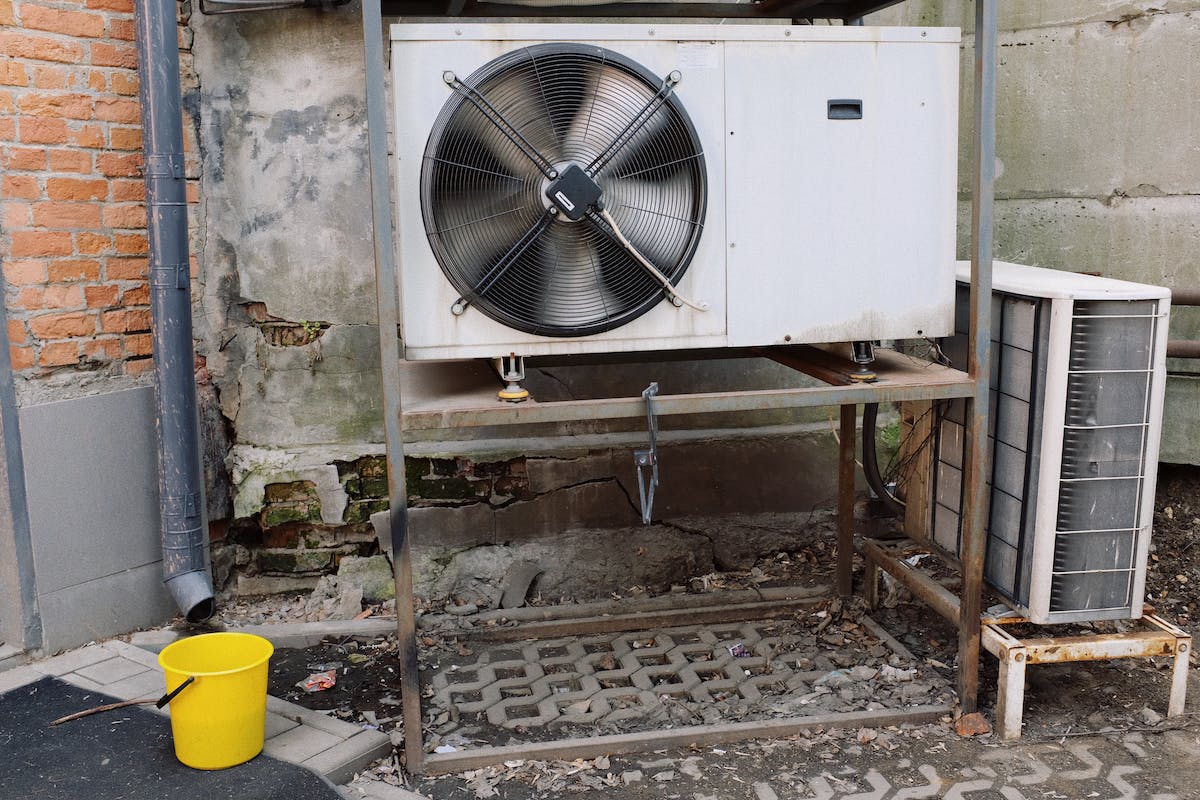Are you fed up with dealing with mold in your air conditioner? You are not alone! Mold and mildew can be a real hassle for your HVAC system. They make your home smell bad and can even be bad for your health. But don’t worry, you have found the perfect guide to help you get rid of mold and mildew.
In this ultimate guide to HVAC humidity control, we will talk about the problem of mold in air conditioners and show you easy ways to fix it. We will give you simple tips to control the humidity in your home so you can enjoy a comfy and mold-free living space.
So, let’s get started.
- How To Spot Mold In Your Air Conditioner?
- How to Clean AC Unit to Get Rid of Mold and Mildew? – The Ultimate Guide to HVAC Humidity Control
- Step #1. Safety First:
- Step #2. Gather Your Supplies:
- Step #3. Remove Filters:
- Step #4. Access the Evaporator Coil:
- Step #5. Vacuum Cleaning:
- Step #6. Mix Cleaning Solution:
- Step #7. Apply the Cleaning Solution:
- Step #8. Scrubbing:
- Step #9. Rinse:
- Step #10. Air Dry:
- Step #11. Replace Filters and Access Panel:
- Step #12. Restore Power:
- Additional Tips to Prevent Mold and Mildew in Your AC Unit
- Let the Professionals Handle Mold in your Air Conditioner
How To Spot Mold In Your Air Conditioner?
Before getting straight to the tips to get rid of mold in your air conditioner, it’s better to first understand the common signs of mold or mildew in your AC.
Recognizing these signs early can help you take prompt action to tackle the issue. Here are some common indicators:
- Musty Odor: The first and most noticeable sign is often the smell. If your air conditioner emits a musty or moldy odor when it’s running, it’s a strong indication that mold is present in your system.
- Visible Mold Growth: Sometimes, you may actually see mold growth inside the AC unit or around the vents. It can appear as dark patches or specks on the surfaces.
- Allergy Symptoms: If you or your family members start experiencing increased allergy symptoms such as sneezing, coughing, or itchy eyes when the AC is on, it could be due to mold spores circulating in the air.
- Moisture or Condensation: Mold thrives in damp environments. If you notice excessive moisture or condensation around your AC unit, it’s a favorable breeding ground for mold and mildew.
- Reduced Cooling Efficiency: Mold buildup can hinder the airflow and cooling efficiency of your air conditioner. If your AC doesn’t seem to be working as well as it used to, mold might be the culprit.
Now that you know what to look out for let’s move on to the steps you can take to banish mold from your air conditioner and maintain a healthy indoor environment.
How to Clean AC Unit to Get Rid of Mold and Mildew? – The Ultimate Guide to HVAC Humidity Control

Most of the people are stuggling to learn how they can clean their AC unit to get rid of mold and mildew. The whole process seems like a daunting task but with the right guidance, it’s not.
So, here are the simple and easy to follow steps to clean your AC unit and banish mold or mildew.
Step #1. Safety First:
Before you begin, ensure your safety by turning off the power to your HVAC system at the breaker box. This will prevent any accidents while you’re working on the unit.
Step #2. Gather Your Supplies:
You’ll need a few basic supplies for this job:
- Gloves
- Mask
- Screwdriver
- Vacuum cleaner with a brush attachment
- Water and mild detergent (or a specialized AC coil cleaner)
- Spray bottle
- Soft brush or toothbrush
- Replacement air filter (if necessary)
Step #3. Remove Filters:
Start by removing the air filter from your AC unit. If it’s heavily contaminated with mold or mildew, consider replacing it with a new one.
Step #4. Access the Evaporator Coil:
Use a screwdriver to remove the access panel on your AC unit. This will expose the evaporator coil, where mold often accumulates.
Step #5. Vacuum Cleaning:
Use a vacuum cleaner with a brush attachment to gently remove loose debris and dust from the coil and surrounding areas. This step prepares the surface for further cleaning.
Step #6. Mix Cleaning Solution:
In a spray bottle, mix water with a mild detergent or a specialized AC coil cleaner following the manufacturer’s instructions.
Step #7. Apply the Cleaning Solution:
Spray the cleaning solution generously onto the evaporator coil and other affected areas where mold is present. Let it sit for a few minutes to break down the mold and mildew.
Step #8. Scrubbing:
Gently scrub the coil and surrounding areas with a soft brush or toothbrush to remove stubborn mold. Be careful not to damage the coil’s delicate fins.
Step #9. Rinse:
Use a separate spray bottle filled with clean water to rinse off the cleaning solution thoroughly. Ensure that all residues are washed away.
Step #10. Air Dry:
Allow the AC unit to air dry completely before reassembling it. This may take a few hours.
Step #11. Replace Filters and Access Panel:
Once everything is dry, reinstall the air filter and the access panel securely.
Step #12. Restore Power:
Finally, turn the power back on at the breaker box to start up your HVAC system. Check for any unusual smells or issues, and make sure the unit is running smoothly.
By following these simple steps, you can effectively clean your AC unit and bid farewell to mold and mildew troubles.
Additional Tips to Prevent Mold and Mildew in Your AC Unit
In addition to cleaning your AC unit, taking proactive steps to prevent mold and mildew growth is crucial to maintaining a mold-free HVAC system and improving your indoor air quality.
Here are some additional tips:
- Regular Inspections: Perform regular visual inspections of your AC unit. Look for any signs of moisture, condensation, or visible mold growth. Catching the problem early can prevent it from spreading.
- Maintain Proper Ventilation: Ensure that your home is well-ventilated. Good airflow can help reduce humidity levels and discourage mold growth. Use exhaust fans in bathrooms and kitchens, and keep windows open when weather permits.
- Control Humidity: Invest in a dehumidifier to maintain optimal indoor humidity levels (typically between 30% and 50%). Lower humidity makes it less favorable for mold and mildew to thrive.
- Seal Leaks: Check for and repair any leaks in your AC ducts or the unit itself. Leaking water can create the ideal environment for mold growth.
- Change Filters Regularly: Replace your air filters at least every three months, or as recommended by your AC manufacturer. Clean filters improve air quality and reduce the chances of mold spores circulating in your home.
- Professional Maintenance: Schedule professional HVAC maintenance at least once a year. Experienced technicians can inspect, clean, and service your AC unit to prevent mold growth and ensure efficient operation.
By implementing these additional preventive measures, you will significantly reduce the risk of mold and mildew infestations in your AC unit.
Let the Professionals Handle Mold in your Air Conditioner
When it comes to dealing with mold in your air conditioner, sometimes it’s best to leave it to the professionals. At Optimum Air Solutions, we specialize in comprehensive AC maintenance services that not only clean your unit but also ensure it runs at peak efficiency.
Our experienced technicians are well-equipped to tackle mold and mildew issues, keeping your indoor air quality pristine.
With our expert care, you can enjoy a healthier and more comfortable living environment.
Don’t wait any longer; get in touch with us now for a worry-free solution! Your well-being is important to us, and we’re ready to assist you.
continue reading
Related Posts
If you’re living in New Orleans or Belle Chasse, you
Nothing kills comfort faster than walking from your cozy living
When your air conditioner kicks on, you expect the sweet



